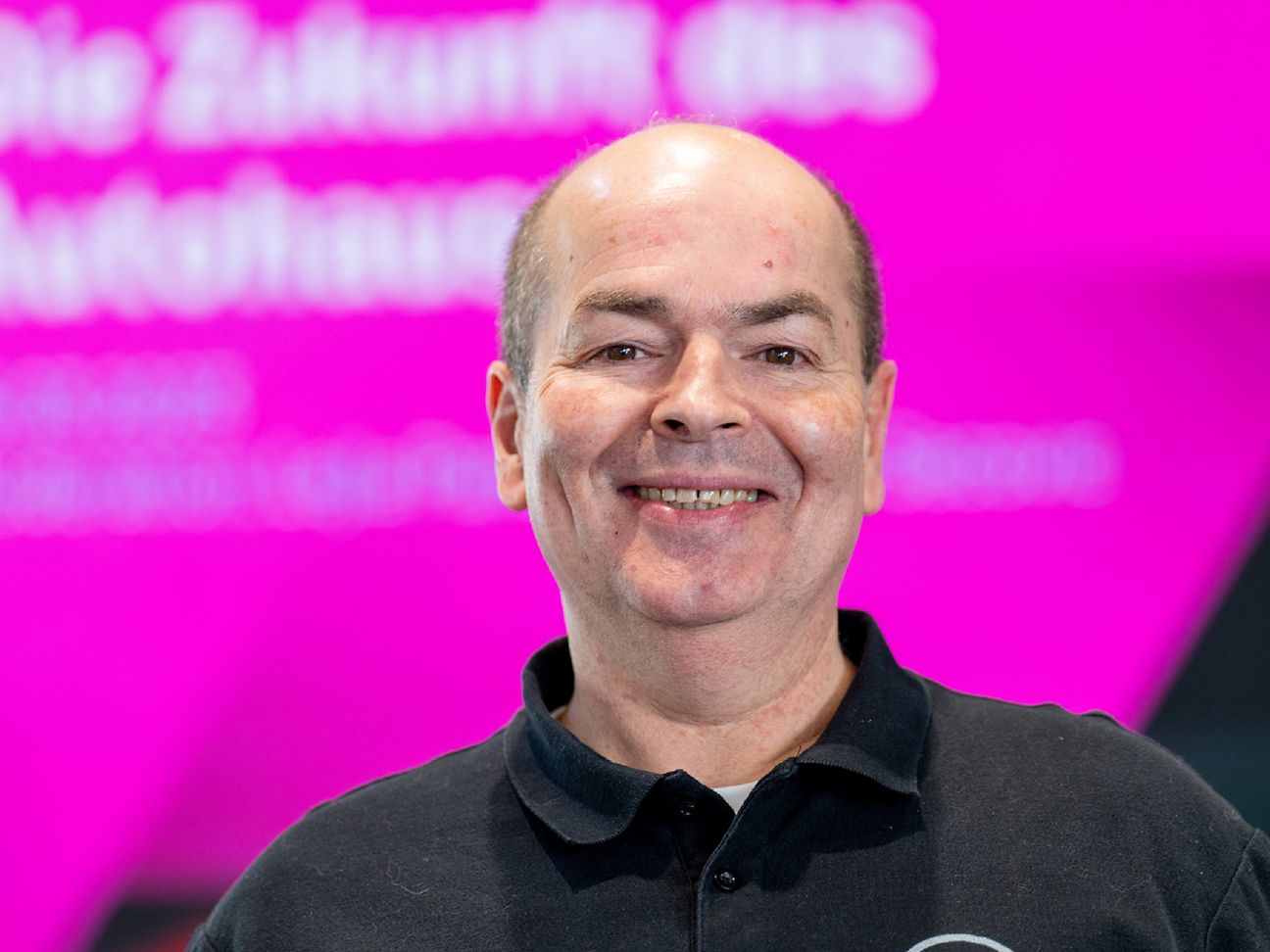

For greater customer satisfaction - the role of digitization in the car dealership
Peoples’ shopping behavior has changed noticeably in recent years. Not only in retail. Lothar Bullinger, responsible for Dealer Management Systems VW at
Mr. Bullinger, you look after customers from the automotive industry. What issues are car dealers particularly concerned about?
A lot is coming together at the moment. New brands, new business models such as the agency model, and above all the challenges surrounding e-mobility. Will we still have the same job descriptions in the future? Do we still need the classic car mechanic? Dealers will also have to adapt to mobility services and offer more add-ons, as e.g. advice or support in applying for wallboxes. In addition, customers expect car dealerships to offer more and, above all, modern communication options.
Keyword customer expectations - what will the car dealership of the future have to offer?
The dealership must focus even more on the customer. And provide them - proactively - with all the information that is relevant to them. This is all the easier if you involve the customer directly in the processes. For example, you could regularly inform your customer via app directly after the purchase: when will the vehicle be produced. When will it leave the factory. And finally, when will it be delivered. If the customer receives this information automatically and doesn't need to "phone after" it, this increases customer satisfaction. The same applies in service: every status of maintenance or repair must be transparent to the customer at all times. Traditional paper invoices are replaced by a digital customer file where the customer can view all his invoices. An overarching CRM (customer relationship management) system with all relevant data, regardless of the upstream systems, is becoming more important than ever.
What role do IT systems play? What are the special challenges in the car dealership?
Compared to the consumer goods industry, car dealerships are integrated into extremely complex (IT) systems. Manufacturers, dealerships and third-party providers will have to work even more closely together in the future. Alongside the vehicles, the IT systems are the heart of a car dealership. They support the dealership in vehicle purchasing, order processing in the workshop, accounting and, above all, customer service.
First and foremost is the issue of "interfaces". In the complex interaction of different IT systems, system breaks are the biggest problem. There are many processes that are perfectly designed for a single area. However, the systems are often incompatible with each other. Data then has to be transferred manually. To avoid such media discontinuities, we need to move toward open interfaces. Every system must be able to transfer data to or receive data from other systems at any time.
"We have to get back to the point where the systems adapt to the people and not the people to software solutions." - Lothar Bullinger
The advantage of an open, modular system is that car dealerships can decide for themselves which individual components they want to use and which they don't need. Our goal as
Mr. Bullinger, one final question: How do you ensure that your customers are satisfied with your IT solutions?
We do what we also recommend to our customers: We put the customer first. Our customers are our best experts. We develop our IT solutions together with the customer, i.e., with the car dealerships. We develop the individual modules together in "design thinking workshops". In this way, current market requirements always flow directly into software development. When implementing the solution, we ensure an optimal user experience. With modern interfaces and, above all, independent of end devices.

